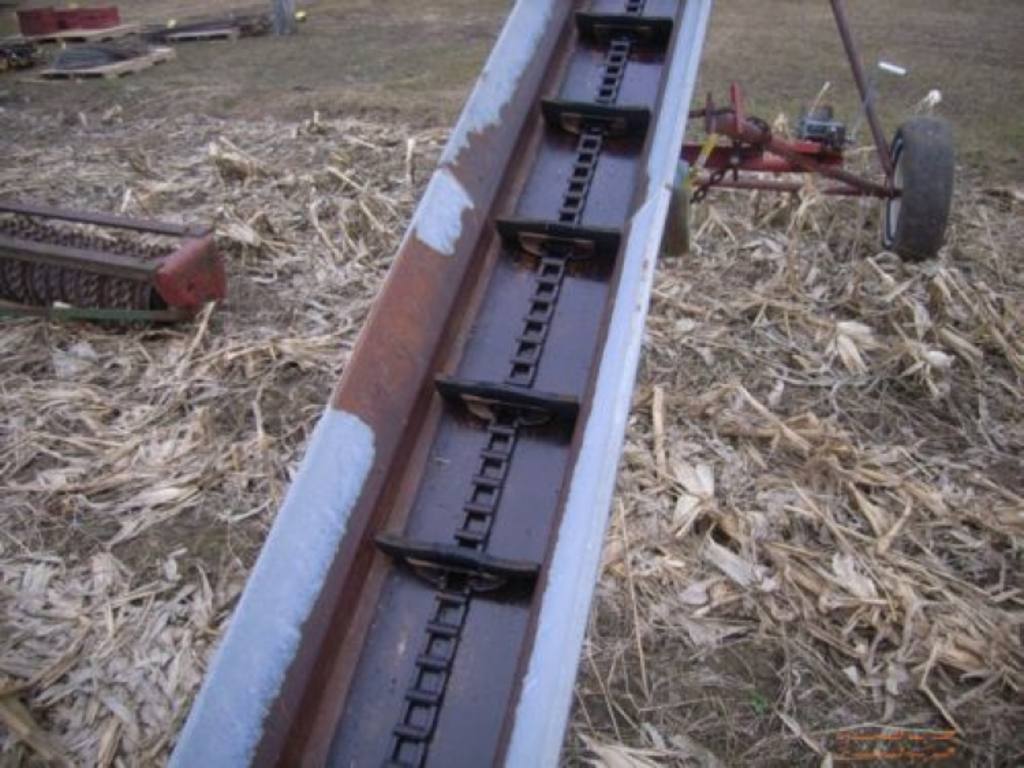kingOFgEEEks
Out, standing in my field.
1 - make sure the elevator chain is tight enough - too much slack, and it will bind on the underside, and break the chain
2 - you can't load it too heavily. We have a similar elevator on the farm, with a 1/2 or 1 HP electric motor (I can't remember). At most, we can put 3 hay bales on it. Hay probably slides with less friction than firewood, so I'm thinking you don't want more than about 100 pounds of wood on the elevator at a time.
3 - electric motors are definitely more suited to this application. Not that it can't be done with a gas motor, but as stated above, you have more protection in case of a jam, and also, the torque curve is the same at startup as it is at operating speed, unlike the gas engine.
I'm sure I am just scratching the surface, but hopefully this helps.
2 - you can't load it too heavily. We have a similar elevator on the farm, with a 1/2 or 1 HP electric motor (I can't remember). At most, we can put 3 hay bales on it. Hay probably slides with less friction than firewood, so I'm thinking you don't want more than about 100 pounds of wood on the elevator at a time.
3 - electric motors are definitely more suited to this application. Not that it can't be done with a gas motor, but as stated above, you have more protection in case of a jam, and also, the torque curve is the same at startup as it is at operating speed, unlike the gas engine.
I'm sure I am just scratching the surface, but hopefully this helps.











